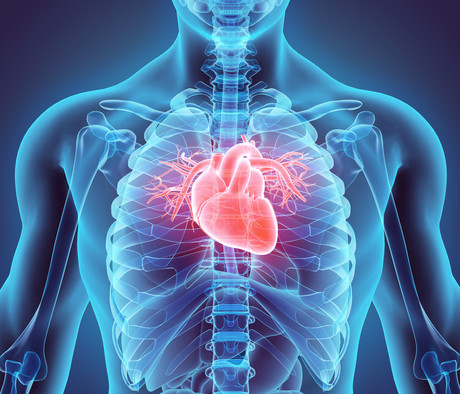Coronary artery disease genes influence reproduction

Coronary artery disease (CAD) is one of the leading causes of death in modern humans and researchers from the University of Melbourne can now explain why.
Working with colleagues from the US and Finland, a team led by Dr Sean Byars of Melbourne University have been looking at the evolutionary aspects of CAD and they found that it has been prevalent since at least the time of the Pharaohs.
“CAD is often thought of as a modern disease, but actually atherosclerosis, or thickening of the artery walls, has been detected in Egyptian mummies, so we suspect it has been in our genes for thousands of years.”
The genes that cause this disease later in life are also responsible for successful reproduction during early adulthood.
The question that Dr Byars’ team set out to answer was why would such a debilitating illness be passed down through the generations if Darwinian natural selection was at work: “According to the theory of natural selection, as proposed by Charles Darwin, genes for traits that improve individual survival or reproduction will increase or be maintained in populations, whereas those that reduce these will be selected against and gradually removed or reduced over time. So it is unclear why CAD is so common in modern humans and this is important to understand given the global health burden it represents.”
CAD is responsible for around 9 million deaths annually and affects over 100 million people annually. The disease creeps up gradually, as plaque slowly builds up in the blood vessels leading to the heart.
After analysing 56 genetic regions across East Asia, Africa and Europe, the researchers found that many of the genes associated with CAD had been positively selected for by evolutionary processes, due to their association with fecundity.
Co-lead author Associate Professor Michael Inouye of the Baker Heart and Diabetes Institute explained: “After further research, we found CAD genes are also important for reproduction and that these genes are involved in important functions in male and female fertility being expressed in the testes, ovaries and endometrium.”
Dr Byars believes this may be due to an evolutionary trade-off whereby these genes contribute to reproductive success earlier on but then allow for CAD to develop in the post-reproductive age: “This doesn’t necessarily mean that women with many children are more likely to develop heart disease, it may simply mean that the disease is a by-product of humans being able to reproduce well.”
This research is published in PLOS Genetics.
Breakthrough drug prevents long COVID symptoms in mice
Mice treated with the antiviral compound were protected from long-term brain and lung dysfunction...
Antibiotics hinder vaccine response in infants
Infants who received antibiotics in the first few weeks of life had significantly lower levels of...
Colossal announces 'de-extinction' of the dire wolf
Colossal Biosciences has announced what it describes as the rebirth of the dire wolf, which would...




